Aberdeen Angus farmer secures global business deal selling cattle genetics that could help cut farming emissions globally
A farm in the Borders has sold exclusive rights to its cattle’s genetics to an Australian farmer in a move that could play a key role in cutting global agriculture emissions.
Roxburgh Mains farm, near Kelso, has a special feed efficiency system that allows it to monitor how much energy input – specifically food – is required for each member of its Rawburn Aberdeen Angus bulls to put on weight.
Advertisement
Hide AdAdvertisement
Hide AdJohn Elliot Jr, who runs the farm with his father, also John, said some of the cattle will gain more weight than others despite eating the same, or even less food, depending on their genetic make-up.
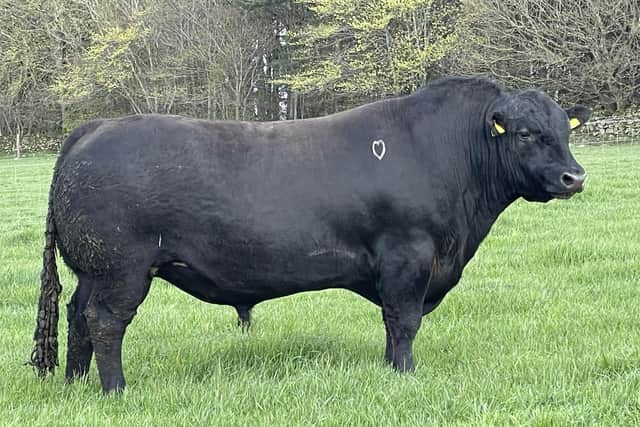

The feeding system has allowed the farmers to sift through which animals are more efficient to then breed from. Their feed efficiency genetics, which Mr Elliot said are highly heritable, are then passed down to their progeny.
He said this, in turn, helps boost profit for the farm and customers looking to buy bulls to breed from. It is also designed to help reduce the farm’s carbon footprint by shortening the time to slaughter for those offspring, which is one suggested way to reduce methane emissions.
Macka’s Angus, which claims to be the first carbon neutral beef farm from pasture to plate in Australia, has secured exclusive rights to the Rawburn herd’s genetics in the southern hemisphere continent in a first-of-its-kind deal to improve its own sustainability methods.
Owner Bruce Mackenzie said: “They [the Elliots] have put so much effort into feed efficiency and this is so important because that helps make an animal more sustainable. Every mouthful they take converts food into weight gain faster and that is a major focus of ours.”
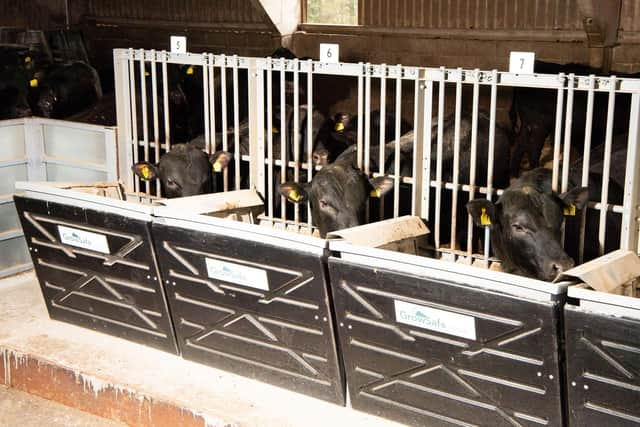

As the first Rawburn Aberdeen Angus breeder in the UK to test his young bulls for feed efficiency, Mr Elliot found his best performing bull for this characteristic required more than half a tonne (523kg) less feed than the average animal in the group to reach slaughter weight.
With a £250 average finishing ration price per tonne, this led to a massive £130 per head less in feed costs. The Borders farmer said this finding had an immediate benefit in reducing emissions.
“The biggest way to reduce methane gas in bovine is to reduce the time to slaughter, which can be helped with this feed efficiency system," Mr Elliot said.
Advertisement
Hide AdAdvertisement
Hide Ad“While two bulls might eat the exact same amount of food, one might gain weight up to 30 per cent faster than the other due to their better feed utilisation and be finished much more quickly. Better energy utilisation can result in a reduction of days to slaughter of up to 40 days for example. That is 40 days fewer of emissions – something the Scottish Government is keen to address.
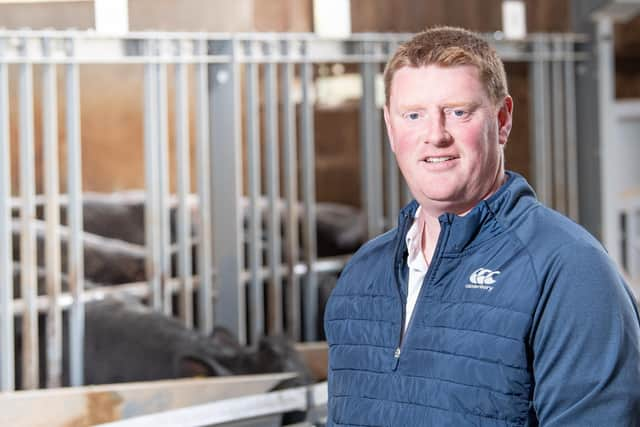

“Our focus originally was about profit and profit for our customers, but we also knew the environmental benefits and that’s what got us excited about this.”
Although the Rawburn herd has traded genetics all over the globe, this is the single biggest deal in the herd’s history. The partnership between the two farms came about after Mr Mackenzie travelled from Australia to Scotland and Ireland to trace his own family roots.
It was during this trip he met with fellow beef farmers and learnt about the feed efficiency system at Roxburgh Mains.
The Rawburn bulls, which are all electronically tagged, are fed an oat-based ration with distillers’ dark grains, sugar beet pulp, soya and rolled barley, along with a high fibre grass pellet that goes into troughs, which each have a weighing system.
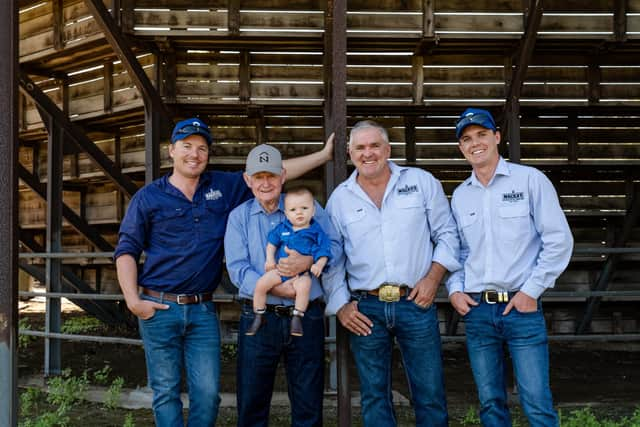

When an individual animal goes to eat, its ear tag is recorded along with the starting weight of the feed in the bunk. When it has finished eating and pulls away, the end weight of the feed in the bunk is measured and therefore the amount consumed by that animal is recorded.
Similarly, when an individual animal goes to drink, it steps on a scale at the same time, which records its weight. On average, each animal goes to drink seven times a day and to eat eight times.
With recordings available from each animal on a daily basis, it also means the Elliots can spot if one falls ill quicker than normal, given it would be eating and drinking less.
Advertisement
Hide AdAdvertisement
Hide AdData from the system is streamed 24 hours a day to US firm Vytelle for analysis and nutrition specialists Norvite supplies information on the grower ration. This information is what allows the farmers to identify not only the animals that grow the fastest, but also utilise the feed consumed more efficiently.
Rural affairs secretary Mairi Gougeon visited the farm earlier this month.
She said: “I had the pleasure of meeting with John and his dad at their farm in early January. We discussed the benefits of improving genetics and feed efficiency in beef cattle, and how these changes can not only help boost production, but also reduce emissions across the agricultural sector.
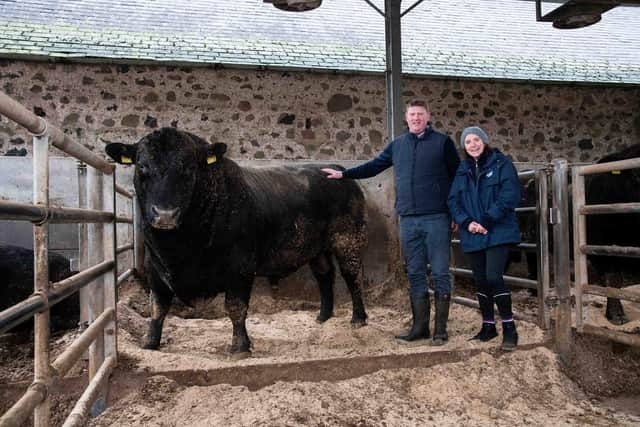

“Roxburgh Mains farm is a shining example of how Scottish innovation can help drive positive environmental change within the global agriculture industry. We want to see our own farmers and growers benefit from this same creativity and ingenuity in order to increase both the profitability and sustainability of our domestic farming sector.”
The Elliot family are tenants on the Roxburgh Estate and also own a 750-acre farm at Earlston, north-east of Galashiels. Both farms are around one-third arable and in addition to the 400 pedigree Aberdeen Angus cows, they run large pedigree Suffolk and Texel flocks.
Their Rawburn herd has 14 of the top 15 highest combined Index Aberdeen Angus bulls born in the UK in 2023. The cow herd boasts nine of the highest ranked females ever recorded in the UK and all the top five.
Comments
Want to join the conversation? Please or to comment on this article.